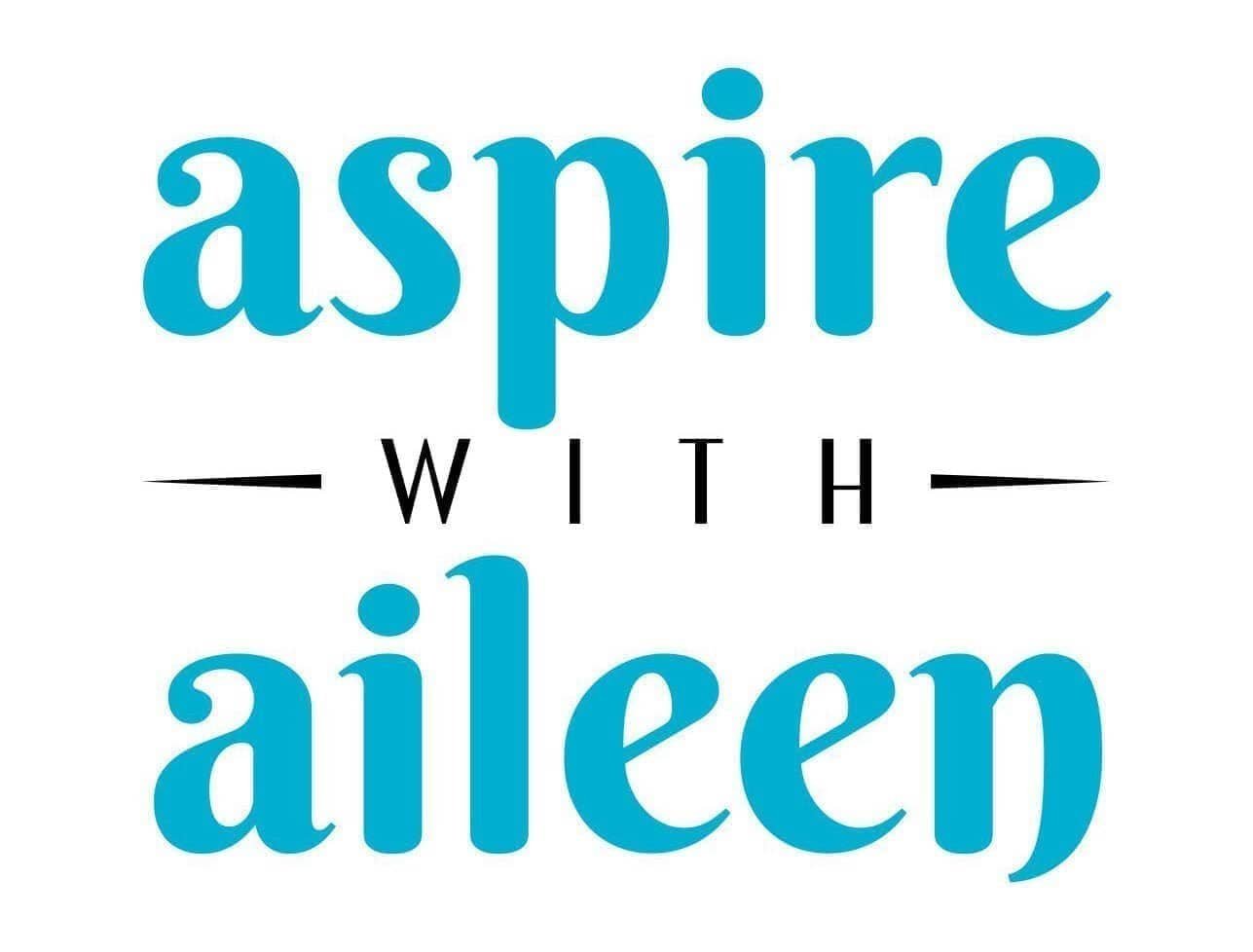We all have moments that clarify our purpose—those quiet affirmations that we’re on the right path. For me, those moments often come through the people I meet and the stories they share after my talks. But the roots of that purpose go much deeper. In this post, I’m reflecting on the personal legacy that fuels my work, the values passed down from my mother, and how they continue to shape the way I show up for others with empathy, intention, and heart.
The following text is auto-generate. Please excuse any typos.
At the end of one of my keynotes, a woman came up to me with tears in her eyes and she said, thank you so much for this. This came at the exact right moment in my life. Now a favorite quote of mine is, to know that even one life has breathed easier because you have lived is to have succeeded. So this quote is actually one I use in the eulogy for my mom. And she really is the inspiration behind much of my why. She instilled this passion for helping others, of really being of service in the world in me from such a young age. And it's that sense of purpose really from her that's been a huge driver for my entire career. Knowing that I can help people feel like the load of life is lighter and helping them feel more hopeful about the future, that's what this is all about for me. And also, it feels like a way of honoring my mom's legacy.

